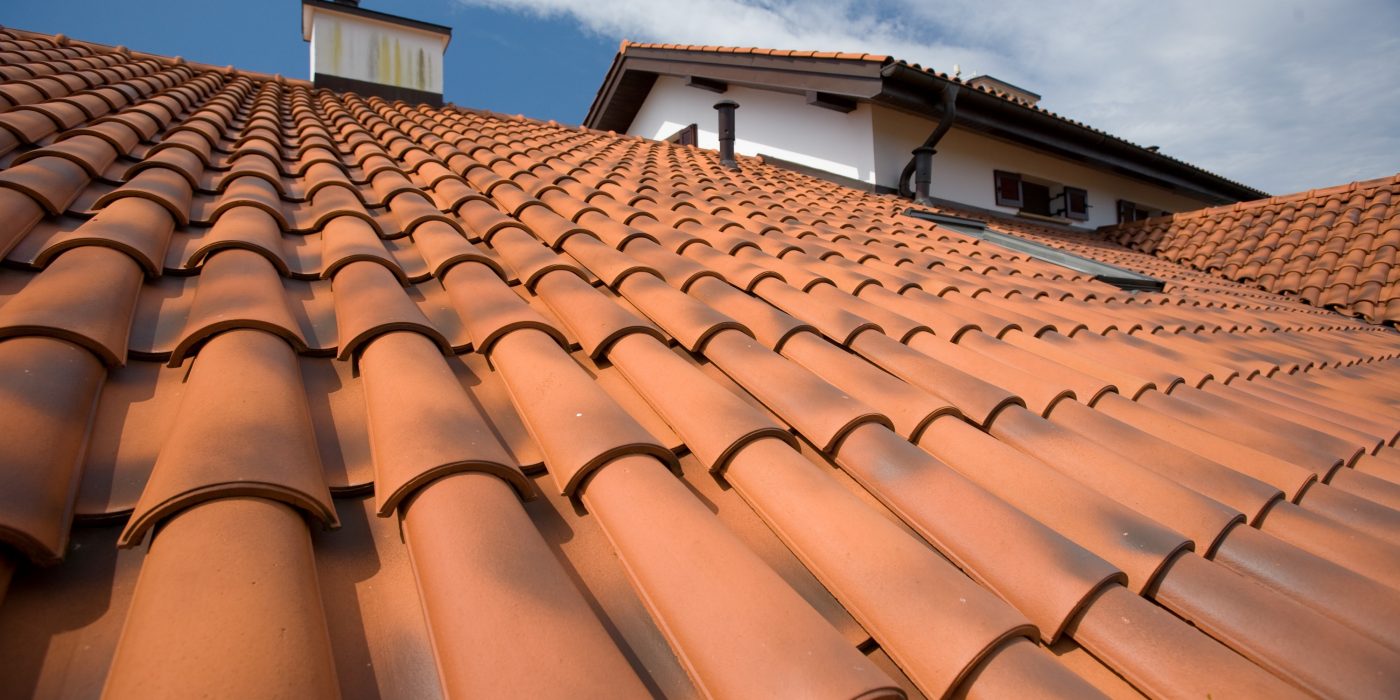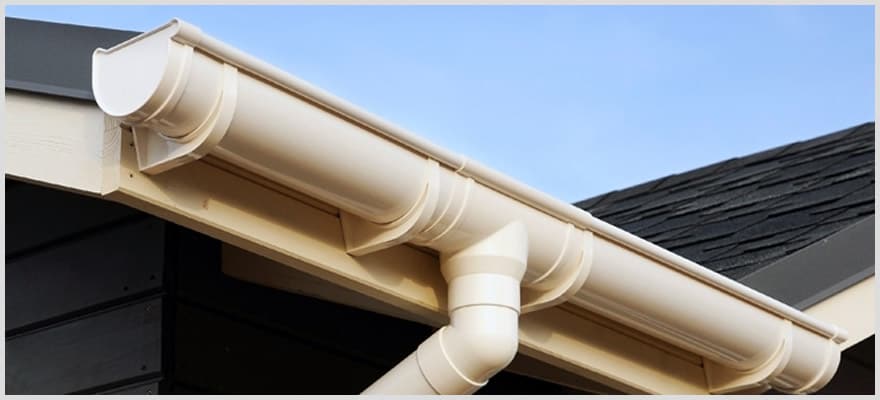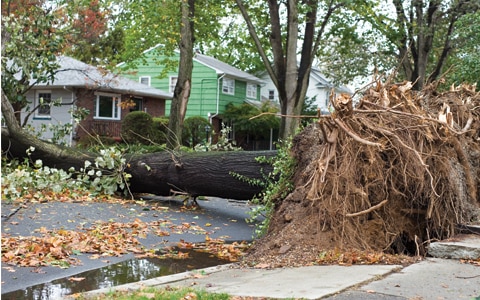
Living in the United States means you’ve been caught out by a storm at least once, whether it was a tornado or just an intense summer storm. But these storms can wreak havoc on your home exterior! Because of this, homeowners should keep their roofs and other surfaces strong against weathering effects like hail damage.
Roof:
As you walk around the perimeter of your house, be sure to take note and document any visible signs that indicate storm damage. This can come in handy later for insurance purposes, so keep a list or photograph these details as they might prove helpful when filing claims. During this assessment process, any dented, torn, curled, missing shingles should be noted because it’s essential to know exactly what type of damages occurred during the storm. It is important to note how long each specific incident occurred since some storms can do more extensive harm than others, depending on their severity within particular categories. For example, a category A storm will do more damage than a categorical B storm if they both occurred on your property at different times.
Gutters, Vents, and Windows
Check your house for dents on the gutters and roofing accessories, such as gable vents or other overhangs. Your windows should be inspected for cracks in glass, broken window panes with loose weather-stripping that needs to be fixed fast before you lose all of the heat during wintertime! Torn screens are also a problem, so check them too.

Outside Areas
When you take a walk around your home’s exterior, look for fallen tree limbs and missing fence posts, or damage to lawn furniture and other decorations. You can also check flat surfaces such as patios and decks for hail damage during the last storm.
Attic and Ceilings
Water leaks and spots on your home’s exterior might mean that you have unseen water damage inside. Look out for these areas while inspecting your roof: ceilings, light fixtures, and attic. Use a flashlight to see in dark areas of the house where it is hard to spot visual evidence of damages due to flooding or wind/hail storms.,

Hire a Reputable, Trusted Roofing Contractor
Roofers might offer deals after a storm, but don’t fall for it. You can find out if they are trustworthy by looking up their records and qualifications online.
A good roofer will do three things: assess your damage, provide an estimate on repair costs and replace or fix your roof.
Here’s a brief Roof Storm Damage Checklist to assist you in assessing the damage. Examine for the following:
• Bent or deformed shingles
• Sharp objects protruding through the roof (e.g., tree limbs)
• Missing shingles
• Broken or missing roof tiles, bricks, mortar, etc.
• Blistering of paint on exterior walls due to heating/cooling loss
• Curled siding or guttering around the base of your house
• Dents in metal gutters and downspouts that indicate weight from ice, snow, or other debris
• Excessive rusting of nails and screws in shingles or roof tiles
• Missing mortar between bricks on your chimney
• Puddling around the base of your house due to inadequate drainage from gutters/downspouts.
Call your homeowner’s insurance provider as soon as possible to file a claim. They will have specific requirements you must follow for them to process your case correctly.
